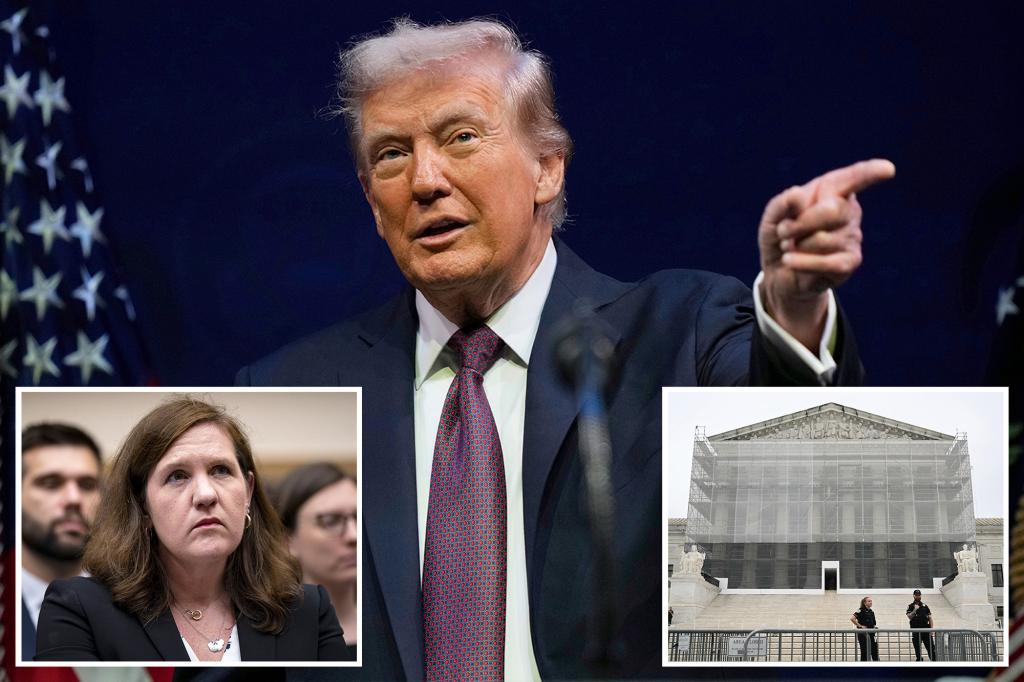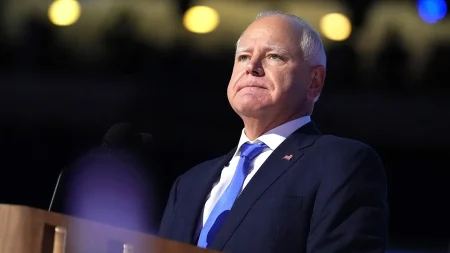Supreme Court Clears Way for Trump’s Removal of FTC Commissioner
In a significant development for presidential authority over independent agencies, the Supreme Court has temporarily allowed former President Donald Trump to remove Rebecca Slaughter, a Democratic member of the Federal Trade Commission (FTC). Chief Justice John Roberts issued a stay on a lower court order that had permitted Slaughter to remain at the agency despite Trump’s March 18 dismissal order. This decision marks another chapter in the ongoing debate about the limits of presidential power over independent regulatory bodies, with potentially far-reaching implications for how these agencies function and who controls them.
The dispute centers on Trump’s March announcement removing both Slaughter and Alvaro Bedoya, the two Democrats on the five-person FTC board. While Bedoya initially challenged his firing, he has since dropped his lawsuit, leaving Slaughter’s case as the focal point of this constitutional struggle. The legal battle hinges on the Federal Trade Commission Act of 1914, which established the agency and specified that commissioners can only be removed for “inefficiency, neglect of duty, or malfeasance in office.” This protection was designed to insulate the agency from political pressure and ensure its independence in enforcing antitrust and consumer protection laws. Last week, a divided panel of the DC Circuit Court of Appeals ruled that Trump had fired Slaughter “without cause,” violating the founding statute of the commission.
The historical precedent most relevant to this case is the Supreme Court’s 1935 decision in Humphrey’s Executor v. United States, where the justices unanimously determined that presidents cannot dismiss FTC commissioners merely over policy disagreements. This landmark ruling has stood for nearly nine decades as a bulwark protecting the independence of certain regulatory agencies from direct presidential control. However, Trump’s legal team has directly challenged this precedent, arguing that it infringes upon presidential powers outlined in Article II of the Constitution. Chief Justice Roberts did not provide his reasoning for siding with Trump in Monday’s ruling, and there were no noted dissents from other justices. The Chief Justice has given Slaughter’s legal team until September 15 to respond to Trump’s emergency petition asserting his authority to remove her.
This case reflects a broader trend of the current Supreme Court showing skepticism toward independent federal agencies that Congress designed to operate with limited presidential oversight. As recently as July, the Court cleared the way for Trump to dismiss three members of the Consumer Product Safety Commission, another independent regulatory body. These decisions suggest a potential judicial reconsideration of the balance of power between the president and independent agencies that have traditionally operated with a degree of autonomy from executive branch politics. The outcome of Slaughter’s case could have profound implications for the structure and functioning of various independent agencies across the federal government.
The FTC itself represents an interesting microcosm of how these independent agencies are designed to balance political considerations with regulatory expertise. The commission consists of five Senate-confirmed commissioners who serve seven-year terms, with the founding statute specifying that no more than three commissioners can belong to the same political party. This structure was intentionally created to prevent any single party from dominating the agency’s decision-making and to ensure a degree of bipartisan cooperation in its regulatory functions. The current dispute threatens to upset this carefully crafted balance, potentially allowing presidents greater latitude to reshape independent agencies to align with their policy preferences.
As the Supreme Court prepares to begin its fall term on October 6, the Slaughter case looms as a potentially landmark decision on executive power. If the Court ultimately sides with Trump’s argument that he has broader removal powers than previously recognized, it could fundamentally alter the relationship between the presidency and the numerous independent agencies that play crucial roles in American governance. Such a ruling would represent a significant departure from nearly a century of administrative law and practice. Conversely, if the Court ultimately upholds Slaughter’s position, it would reaffirm the traditional independence of these regulatory bodies from direct presidential control. Either way, the decision will have significant implications for the separation of powers and the future of regulatory governance in the United States.









